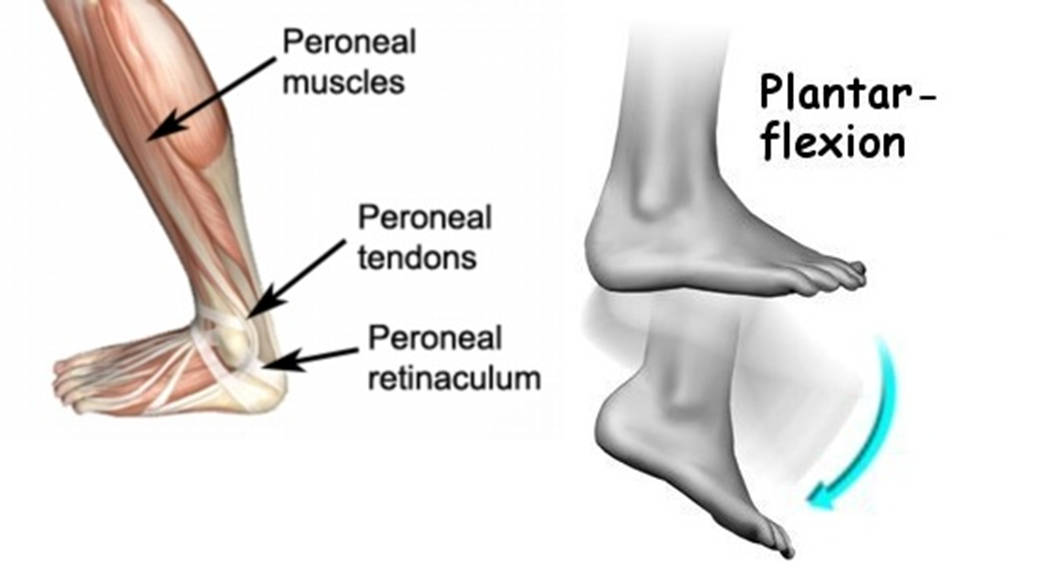An acute care nurse receives a shift report for a client who has increased intracranial pressure. The nurse is told that the client demonstrates decorticate posturing. Which of the following findings should the nurse expect to observe when assessing the client?
Pronation of the hands.
Extension of the arms.
External rotation of the lower extremities.
Plantar flexion of the legs.
The Correct Answer is D
Choice A Reason:
Pronation of the hands.
Pronation of the hands is not typically associated with decorticate posturing. Decorticate posturing is characterized by the flexion of the arms and wrists, with the hands often clenched into fists. Pronation refers to the rotation of the hands so that the palms face downward, which is not a feature of decorticate posturing.
Choice B Reason:
Extension of the arms.
Extension of the arms is more characteristic of decerebrate posturing, not decorticate posturing. In decorticate posturing, the arms are flexed and held tightly to the chest, not extended. This flexion is due to damage to the cerebral hemispheres, which affects the corticospinal tract.
Choice C Reason:
External rotation of the lower extremities.
External rotation of the lower extremities is not a typical finding in decorticate posturing. In decorticate posturing, the legs are usually extended and rigid, with the toes pointed. External rotation would indicate a different type of posturing or neurological condition.
Choice D Reason:
Plantar flexion of the legs.
Plantar flexion of the legs is a characteristic finding in decorticate posturing. This involves the toes pointing downward, which is a result of the increased muscle tone and reflexes due to the brain injury. This posture indicates severe damage to the brain, specifically the corticospinal tract.

Nursing Test Bank
Naxlex Comprehensive Predictor Exams
Related Questions
Correct Answer is ["A"]
Explanation
Choice A: Monitor for hypernatremia.
Hypernatremia, or high sodium levels in the blood, is a common complication of diabetes insipidus due to excessive water loss and insufficient water intake. Monitoring for hypernatremia involves regular blood tests to check sodium levels. Symptoms of hypernatremia include extreme thirst, confusion, muscle twitching, and seizures. Early detection and management are crucial to prevent severe complications.
Choice B: Monitor neuro status.
Monitoring neurological status is essential in patients with diabetes insipidus because severe hypernatremia can lead to neurological symptoms such as confusion, irritability, seizures, and even coma. Regular assessments of mental status, level of consciousness, and neurological function help in early detection of complications and timely intervention.
Choice C: Monitor for hyponatremia.
While hyponatremia (low sodium levels) is less common in diabetes insipidus, it can occur if there is excessive water intake without adequate sodium replacement. Symptoms include headache, nausea, vomiting, confusion, and seizures. Monitoring sodium levels helps in maintaining a balance and preventing complications.
Choice D: Monitor urine specific gravity.
Urine specific gravity measures the concentration of solutes in the urine. In diabetes insipidus, urine is typically very dilute, with a specific gravity of less than 1.005. Regular monitoring helps in assessing the effectiveness of treatment and the patient’s hydration status. It also aids in differentiating diabetes insipidus from other conditions with similar symptoms.
Choice E: Monitor strict I&O.
Strict monitoring of intake and output (I&O) is crucial in managing diabetes insipidus. This involves accurately measuring all fluids consumed and excreted to ensure proper hydration and electrolyte balance. It helps in identifying trends in fluid loss and guiding appropriate fluid replacement therapy.
Correct Answer is A
Explanation
Choice A Reason:
0.45% sodium chloride (half-normal saline) is an appropriate solution for treating hypernatremia, especially in a client who is NPO (nothing by mouth). This hypotonic solution helps to gradually reduce the serum sodium levels by providing free water to the extracellular space, which dilutes the high sodium concentration. It is essential to administer this solution slowly to avoid rapid shifts in fluid balance, which can lead to cerebral edema.
Choice B Reason:
Dextrose 5% in 0.9% sodium chloride (D5NS) is not the best choice for treating hypernatremia. While it provides some free water, the presence of 0.9% sodium chloride makes it an isotonic solution, which does not effectively lower serum sodium levels. This solution is more suitable for maintaining fluid balance rather than correcting hypernatremia.
Choice C Reason:
Lactated Ringer’s is also not appropriate for treating hypernatremia. This isotonic solution contains electrolytes, including sodium, which can exacerbate hypernatremia rather than correct it. Lactated Ringer’s is typically used for fluid resuscitation and electrolyte replacement in other clinical scenarios.
Choice D Reason:
Dextrose 10% in water (D10W) is a hypertonic solution and is not suitable for treating hypernatremia. While it provides free water, the high concentration of dextrose can lead to rapid shifts in fluid balance and potential complications such as hyperglycemia. This solution is generally used for providing calories and preventing hypoglycemia in specific clinical situations.
Whether you are a student looking to ace your exams or a practicing nurse seeking to enhance your expertise , our nursing education contents will empower you with the confidence and competence to make a difference in the lives of patients and become a respected leader in the healthcare field.
Visit Naxlex, invest in your future and unlock endless possibilities with our unparalleled nursing education contents today
Report Wrong Answer on the Current Question
Do you disagree with the answer? If yes, what is your expected answer? Explain.
Kindly be descriptive with the issue you are facing.
